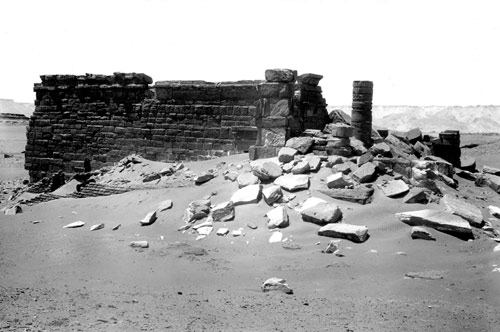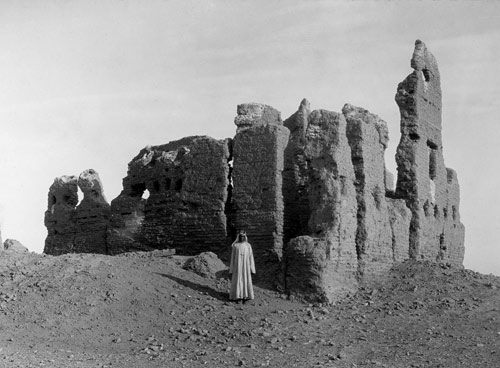 Traveling Exhibitions
Traveling Exhibitions Traveling Works of Art
Traveling Works of Art Conservation Projects
Conservation Projects Excavations
Excavations Fellows
Fellows Exchanges & Collaborations
Exchanges & Collaborations Multiple Items
Multiple Items
The Met Around the World presents the Met’s work via the global scope of its collection and as it extends across the nation and the world through a variety of domestic and international initiatives and programs, including exhibitions, excavations, fellowships, professional exchanges, conservation projects, and traveling works of art.
The Met Around the World is designed and maintained by the Office of the Director.
Traveling
Exhibitions
The Met organizes large and small exhibitions that travel beyond the Museum's walls, extending our scholarship to institutions across the world. See our national and international traveling exhibition program from 2009 to the present.
Traveling
Works of Art
The Met lends works of art to exhibitions and institutions worldwide to expose its collection to the broadest possible audience. See our current national and international loans program.
Conservation
Projects
The preservation of works of art is a fundamental part of the Met's mission. Our work in this area includes treating works of art from other collections. See our national and international conservation activities from 2009 to the present.
Excavations
The Met has conducted excavations for over 100 years in direct partnership with source countries at some of the most important archaeological sites in the world. Today we continue this tradition in order to gain greater understanding of our ancient collections. See our national and international excavation program from the Met's founding to the present.
Fellows
The Met hosts students, scholars, and museum professionals so that they can learn from our staff and pursue independent research in the context of the Met's exceptional resources and facilities. See the activities of our current national and international fellows.
Exchanges & Collaborations
The Met's work takes many forms, from participation in exchange programs at partnering institutions and worldwide symposia to advising on a range of museum issues. These activities contribute to our commitment to advancing the work of the larger, global community of art museums. See our national and international exchange program and other collaborations from 2009 to the present.
 Traveling from Dakhla to Kharga by 'Ain Amur Road. Photograph by Herbert E. Winlock or Arthur M. Jones, 1908 (D221).
Traveling from Dakhla to Kharga by 'Ain Amur Road. Photograph by Herbert E. Winlock or Arthur M. Jones, 1908 (D221). Deir el-Hagar. Photograph by Herbert E. Winlock or Arthur M. Jones, 1908 (D2).
Deir el-Hagar. Photograph by Herbert E. Winlock or Arthur M. Jones, 1908 (D2). Escarpment north of Qasr el-Dakhel. Photograph by Herbert E. Winlock or Arthur M. Jones, 1908 (D325).
Escarpment north of Qasr el-Dakhel. Photograph by Herbert E. Winlock or Arthur M. Jones, 1908 (D325). Deir Abu Metta near Budkhulu. Photograph by Herbert E. Winlock or Arthur M. Jones, 1908 (D339).
Deir Abu Metta near Budkhulu. Photograph by Herbert E. Winlock or Arthur M. Jones, 1908 (D339).
Egypt
1908
Compared to the unlimited facilities and higher standards of modern desert exploration, the enterprise was necessarily a rather modest one. Although the results were not published until 1936, they helped draw the attention of other archaeologists to these vast and totally unexplored sites, which are now more thoroughly studied, mainly by Canadian and French missions. Since then, the oases have grown into cities, and sites such as the temple of Deir el-Hagar have become the destination of organized desert tours.

